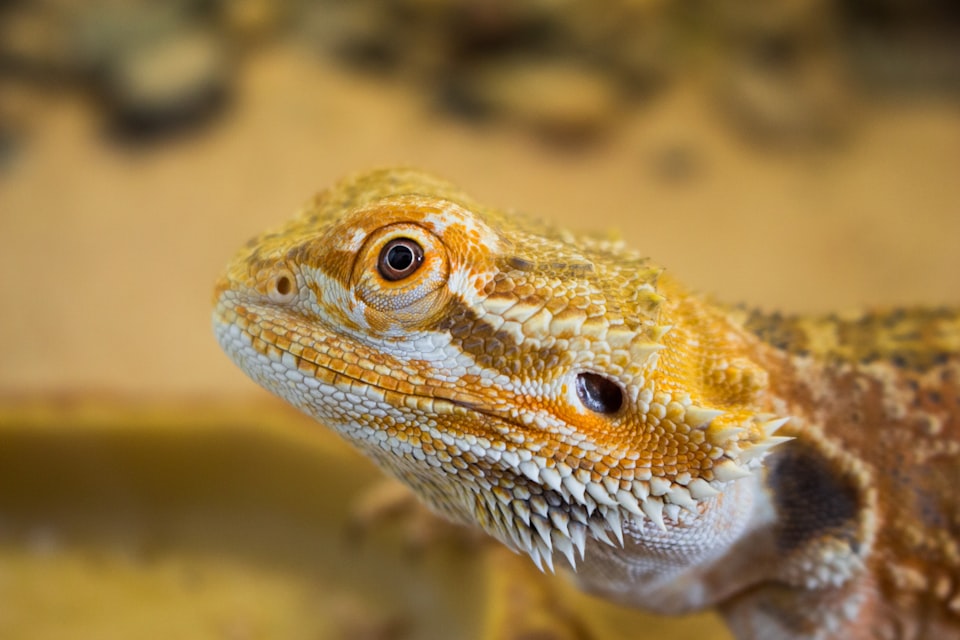Bearded Dragon Heating Elements

There are a few different ways to keep your bearded dragon warm. Here we will go over the different types and why they may be beneficial. If you are looking for the top bearded dragon heat lamps available, we also discuss those here.
Ceramic heat emitters
Ceramic heat emitters produce very similar heat to the lamps, but produce no illuminations. The ceramic heating element consists of screws attached to incandescent bulbs and emits infrared radiation.
Unlike lamps, the emitting energy comes in various sizes and voltages. During the night, ceramic heating lamps provide optimum heat because they lack illumination. It provides an evening glow to the bearded dragon without disrupting sleep.
Fluker Ceramic Infrared heat transmitters offer high efficiency heat outputs for heating applications.
Incandescent Heat Bulbs
It's your normal heat lamp that emits light, UVA and various watts of heat. The bulbs come in various sizes and shapes, as well as color light (wavelength).
Daylight lights have white lights, nightlights have blue/purple lights - the nocturnal lights are red. Moreover they lack UV ray filters that prevent metabolic bone diseases.
Incandescents are typically sockets with screw sockets in bulbs. Many light fixtures fit these types of lighting. Various halogen lamps can be fitted with incandescent bulbs.
Mercury Vapor Bulbs
Mercury bulb can serve a variety of uses for dragons. It emits both UVA and UVB light and generates warmth inside your home. It's a twofold situation.
Use one bulb for both thermal and ultraviolet radiation. This lamp lasts considerably longer than fluorescent lamps, although it costs more, but it is generally worth it because the bulbs last longer.
People who use mercury lamps have also noted more energy, coloration, and energy from their lamps.
Ceramic Heat Bulbs
Ceramic heater lamps don't provide light in the enclosure but provide heat in a room. Like regular incandescent lighting, these are available in varying wattages.
The amount of electricity needed depends upon the dimensions of the enclosure and the use of other light bulbs. Contrary to standard incandescents, this light lasts very long and makes the lamp more expensive to operate but doesn't transmit ultraviolet radiation.
You'll need a full spectrum fluorescent light. Always keep the ceramic heat bulb away from any place where the material is melting.
Under tank heat pads
The Underwater Heat Pad provides the coolest heat from the ground beneath the water. The heating pad is covered with adhesive on its bottom, which is inserted under the terrarium to plug in the electric outlet.
This can be used to warm the surface as well as to provide additional heat especially during the coldest winter months. Under tank heat pads differ in thickness according to the size. Its capacities can vary from 5 gallon tank to 50 gallon.
During an extremely large tank there are several heaters to use. Zoomed Substrate Heaters are a very good option.